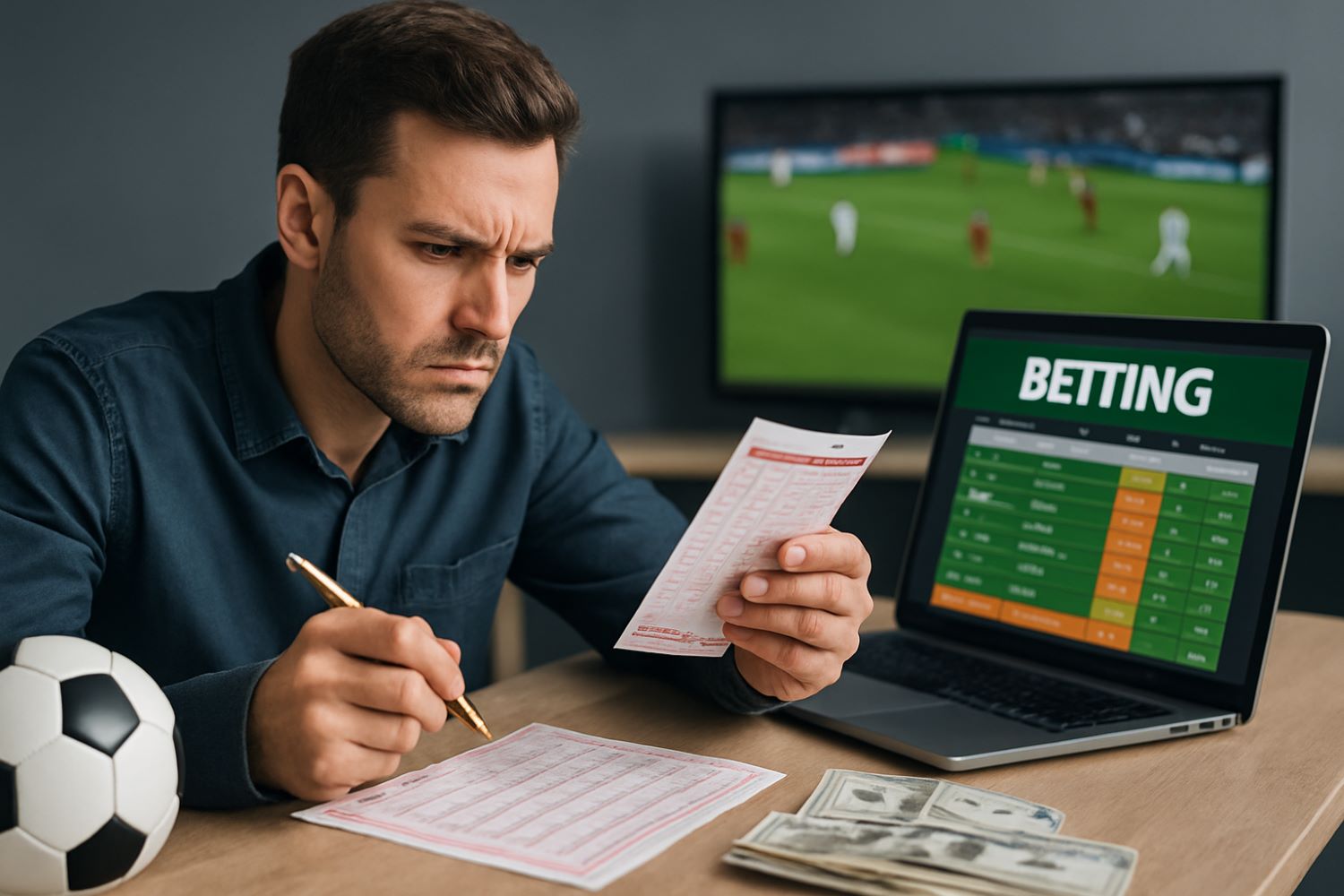-
Discover how hype and emotion move sports betting lines versus…
-
Get expert State of Origin betting tips, top odds and…
-
Discover the latest sports betting trends, popular matches, hot markets,…
-
Discover how underdog betting in sports can reveal true value.…
-
Learn to spot valuable odds boosts and avoid sportsbook gimmicks.…
-
Learn Asian handicap betting, boost your soccer predictions, and manage…
-
Explore why safe bets feel so tempting in betting. Uncover…
-
Discover how betting psychology and public sentiment affect odds, create…
-
Ready to take your online betting to the next level?…
-
Confused about betting odds? Get a clear understanding of how…










